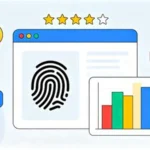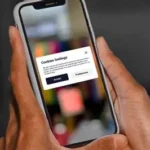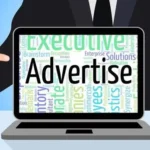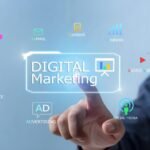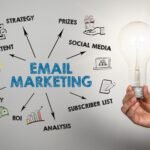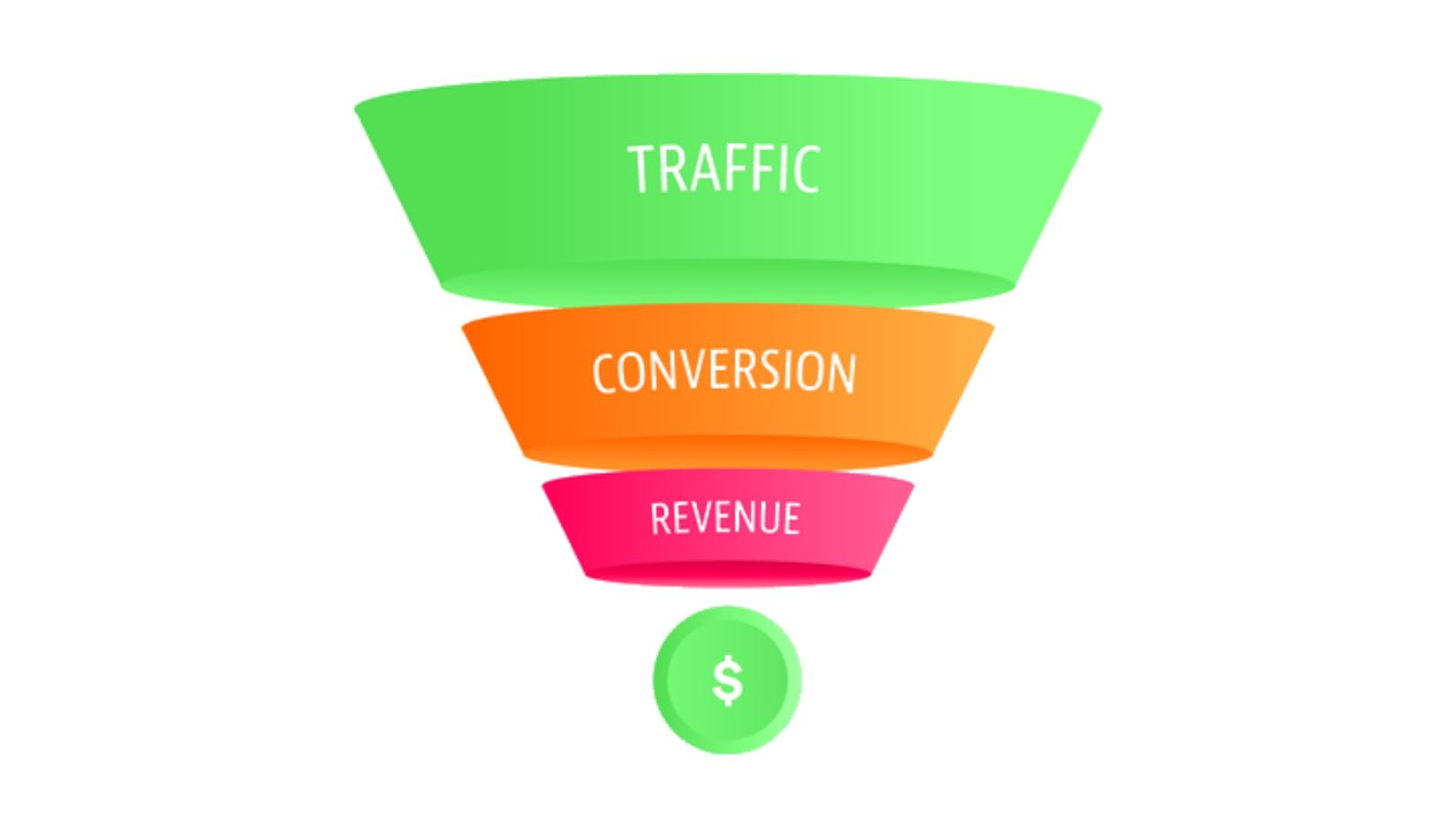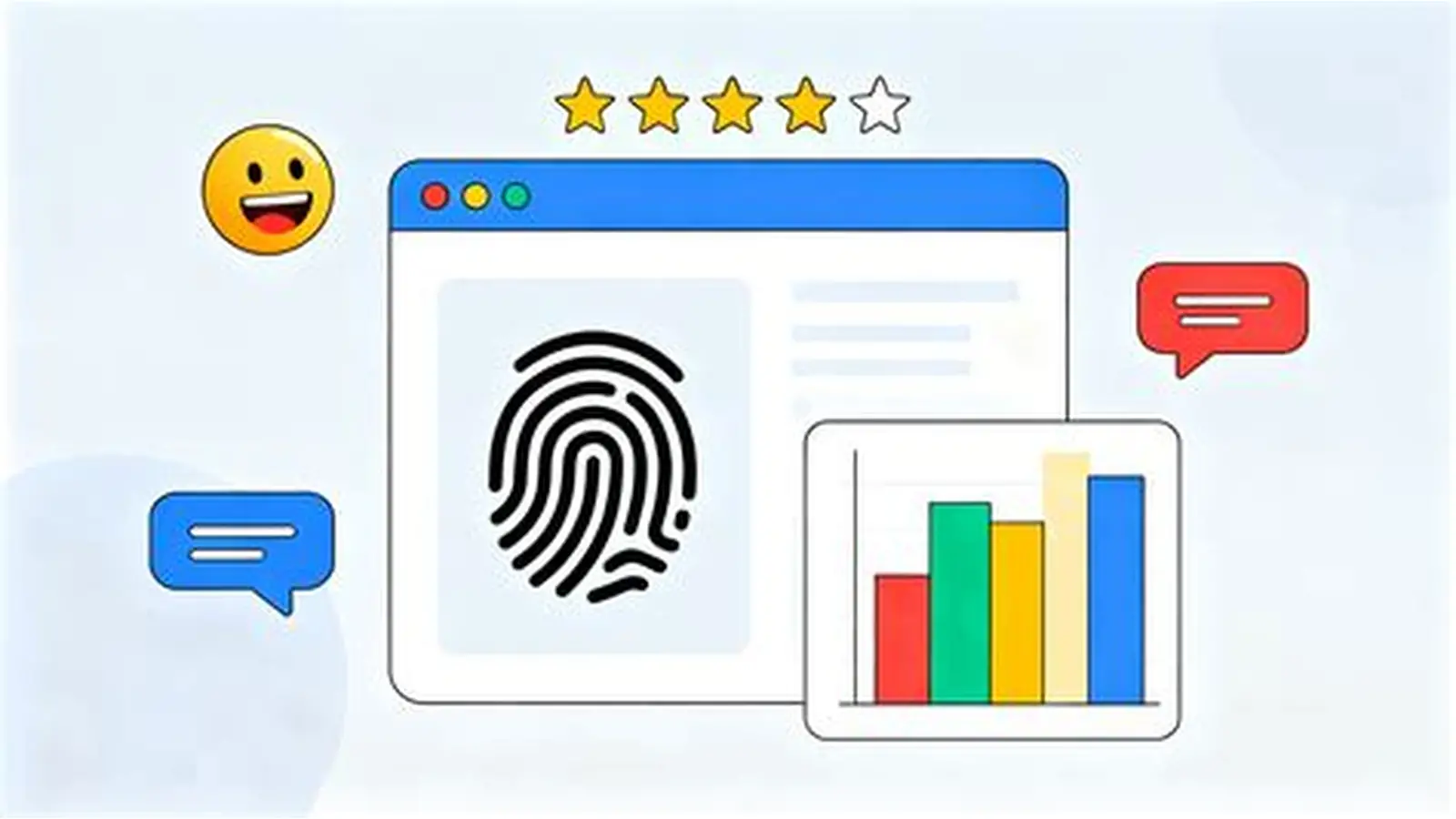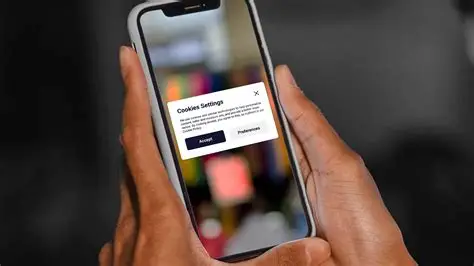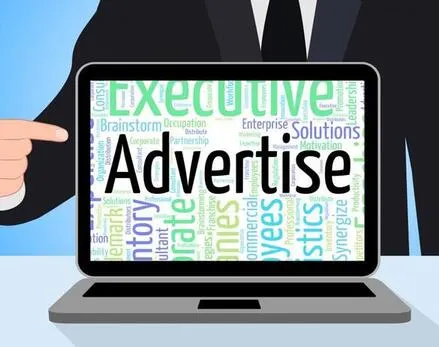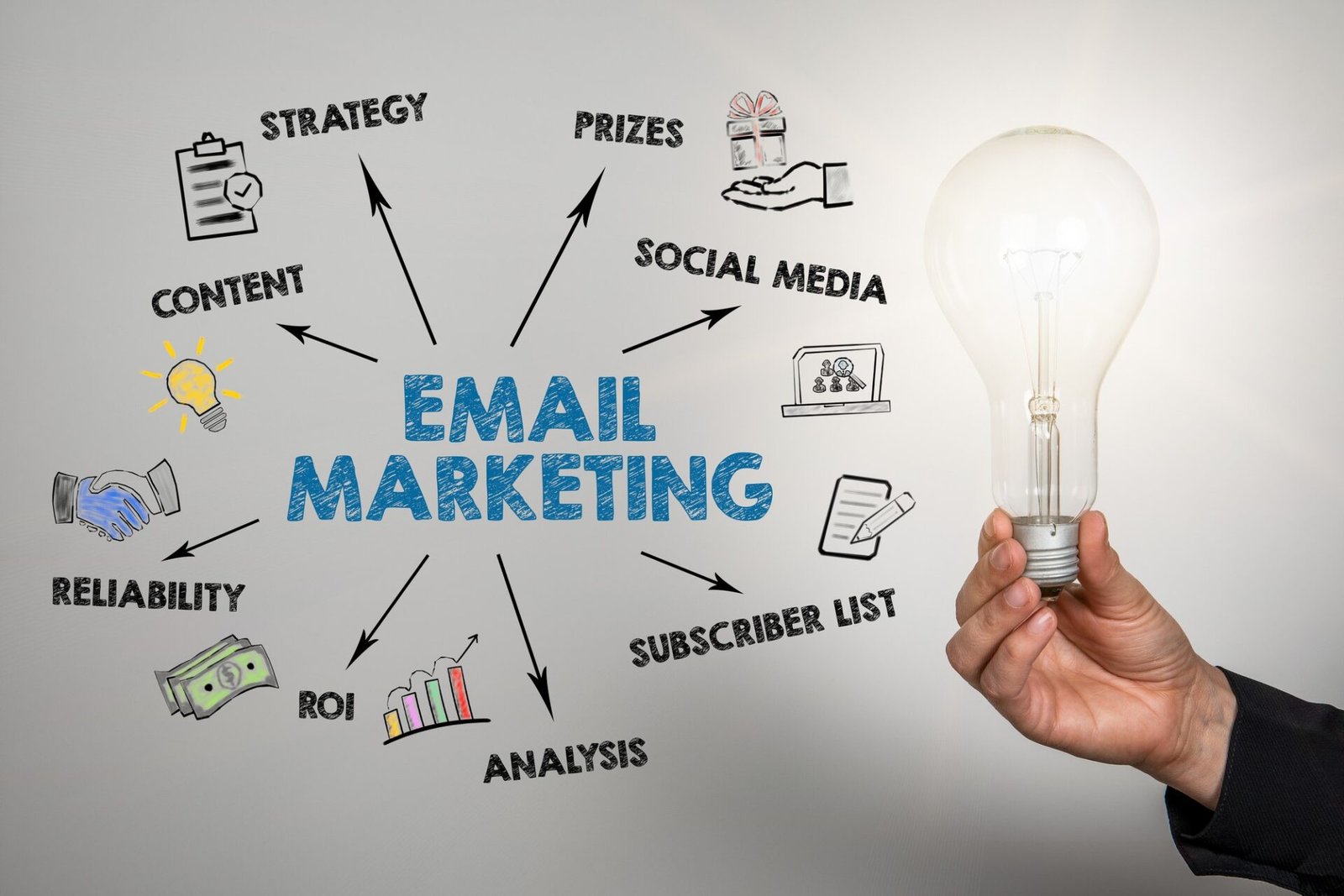A successful digital marketing plan doesn’t stop at generating clicks—it drives real conversions. In 2026, marketers must focus on the full marketing funnel, guiding potential customers from awareness to purchase. A full-funnel strategy connects all stages of the buyer’s journey, ensuring that no lead slips away. This article walks you through how to create a full-funnel digital marketing plan that actually converts, using clear goals, targeted content, and smart automation.
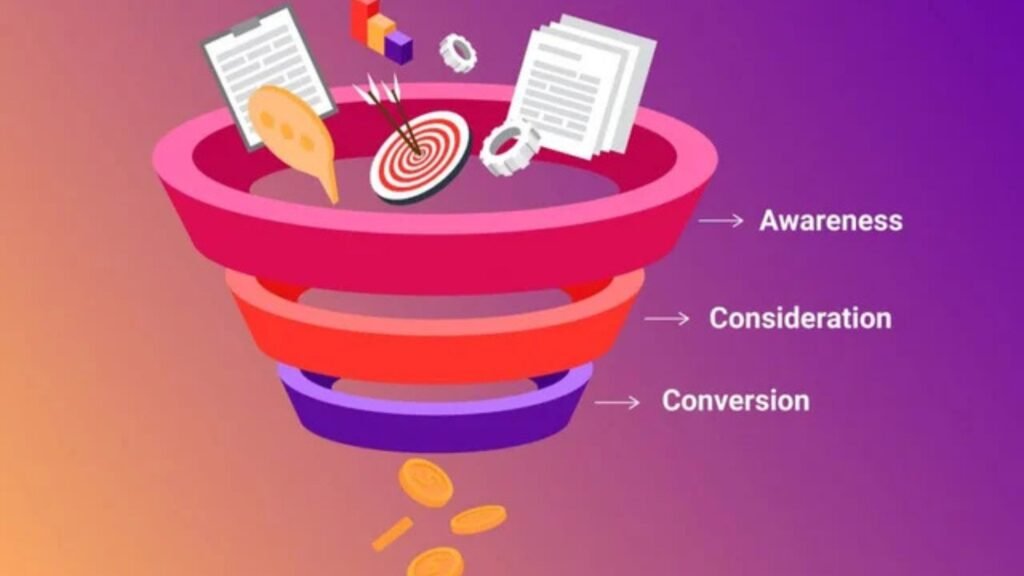
Understand the Digital Marketing Funnel
A digital marketing funnel represents your customer’s path from discovering your brand to becoming a loyal customer. It has three main stages:
-
Top of the Funnel (TOFU): Awareness — people are discovering your brand.
-
Middle of the Funnel (MOFU): Consideration — leads are evaluating your products or services.
-
Bottom of the Funnel (BOFU): Conversion — prospects are ready to buy.
Your goal is to deliver the right message at each stage to move potential customers forward naturally.
Set Clear and Measurable Goals
Before creating your funnel, define what success looks like. Are you trying to boost traffic, generate leads, or increase sales? Use SMART goals—Specific, Measurable, Achievable, Relevant, and Time-bound.
Example: “Increase qualified leads by 30% in six months using targeted content and paid campaigns.”
Having clear goals helps you measure progress and optimize each stage of your funnel effectively.
Build Awareness at the Top of the Funnel (TOFU)
At this stage, your goal is to attract and educate potential customers. Focus on visibility and value rather than selling.
Best strategies for TOFU:
-
Content Marketing: Create blog posts, infographics, and videos that solve problems your audience faces.
-
SEO: Optimize your content for search engines to reach users actively seeking information.
-
Social Media Marketing: Use platforms like TikTok, Instagram, and LinkedIn to share educational content and build brand trust.
-
Paid Ads: Run awareness campaigns on Google or social media to reach new audiences.
Make your content easy to digest and valuable so people start recognizing your brand as a reliable source.
Nurture Leads in the Middle of the Funnel (MOFU)
Once you’ve caught attention, it’s time to build relationships. Leads at this stage need reassurance that your brand can solve their problem.
Best strategies for MOFU:
-
Email Marketing: Send personalized emails with tips, guides, or case studies.
-
Webinars and Live Sessions: Engage directly with your audience and answer their questions.
-
Remarketing Campaigns: Target users who have interacted with your website or content but haven’t converted yet.
-
Lead Magnets: Offer eBooks, free trials, or templates in exchange for email addresses.
Your messaging should focus on trust, expertise, and value.
Convert Prospects at the Bottom of the Funnel (BOFU)
This is where leads turn into customers. At the bottom of the funnel, your content should remove doubts and encourage action.
Best strategies for BOFU:
-
Customer Testimonials and Reviews: Social proof builds credibility.
-
Product Demos or Free Consultations: Let leads experience your offer.
-
Clear Calls-to-Action (CTAs): Use strong, direct CTAs like “Buy Now” or “Book a Demo.”
-
Limited-Time Offers: Create urgency with discounts or bonuses.
The goal here is to make the decision-making process simple and rewarding.
Retain and Delight Existing Customers
A full-funnel strategy doesn’t end with a sale. Customer retention is just as important. Happy customers become loyal fans and brand advocates.
Retention tactics:
-
Use email automation to stay in touch with customers.
-
Offer loyalty programs and exclusive discounts.
-
Collect feedback to improve your services.
-
Encourage referrals and reviews.
Turning one-time buyers into repeat customers increases your ROI significantly.
Analyze and Optimize Your Funnel
Measure everything. Use tools like Google Analytics 4, HubSpot, or SEMrush to track performance at each stage. Monitor metrics such as traffic, lead conversion rate, and customer lifetime value.
Regularly test your campaigns—A/B test landing pages, email subject lines, and ad creatives. Continuous optimization ensures your funnel stays effective as trends and audiences evolve.
Conclusion
A full-funnel digital marketing plan gives your business structure, consistency, and focus. By aligning your strategies with each stage—awareness, consideration, and conversion—you create a seamless path for your audience to follow.
In 2026, success depends on being customer-centric, data-driven, and adaptable. Build relationships, deliver value, and optimize continuously—and your digital marketing funnel will convert like never before.

